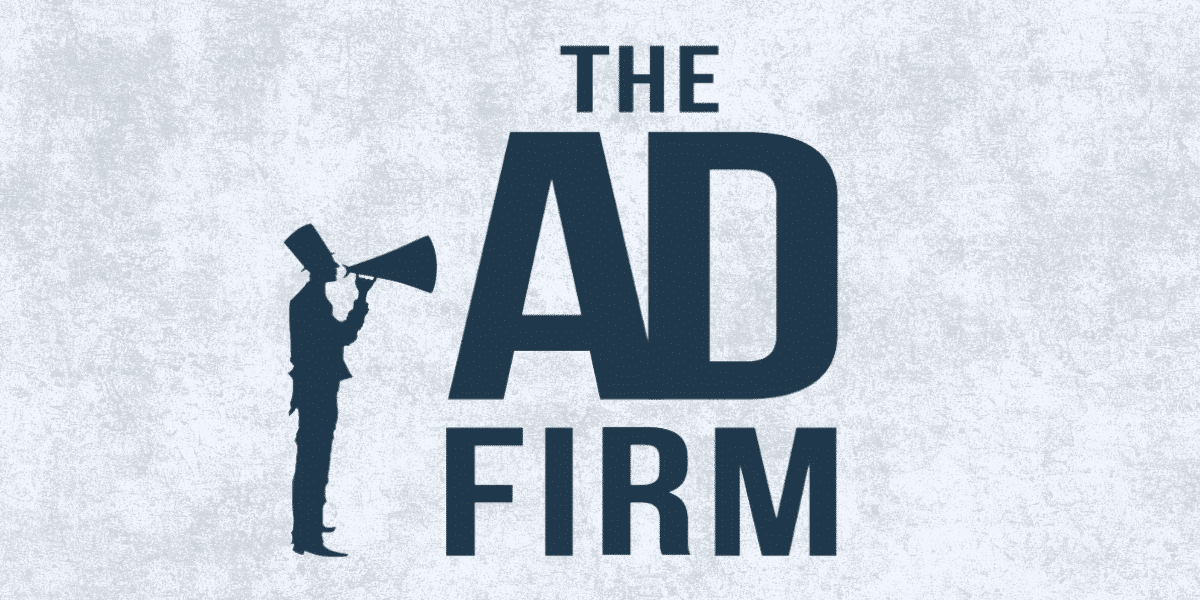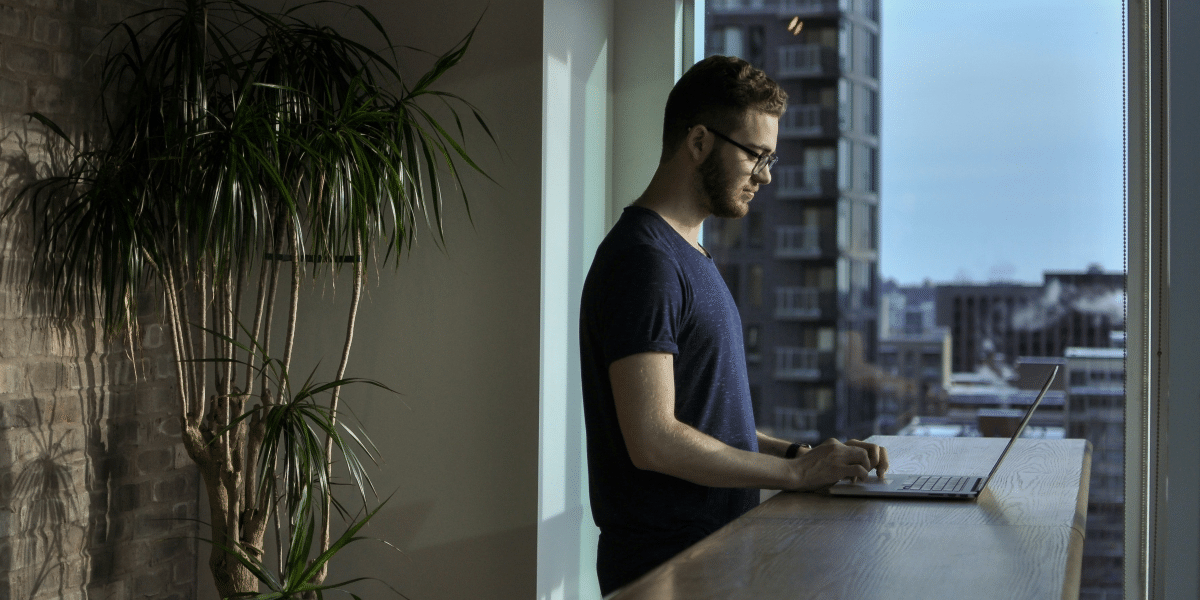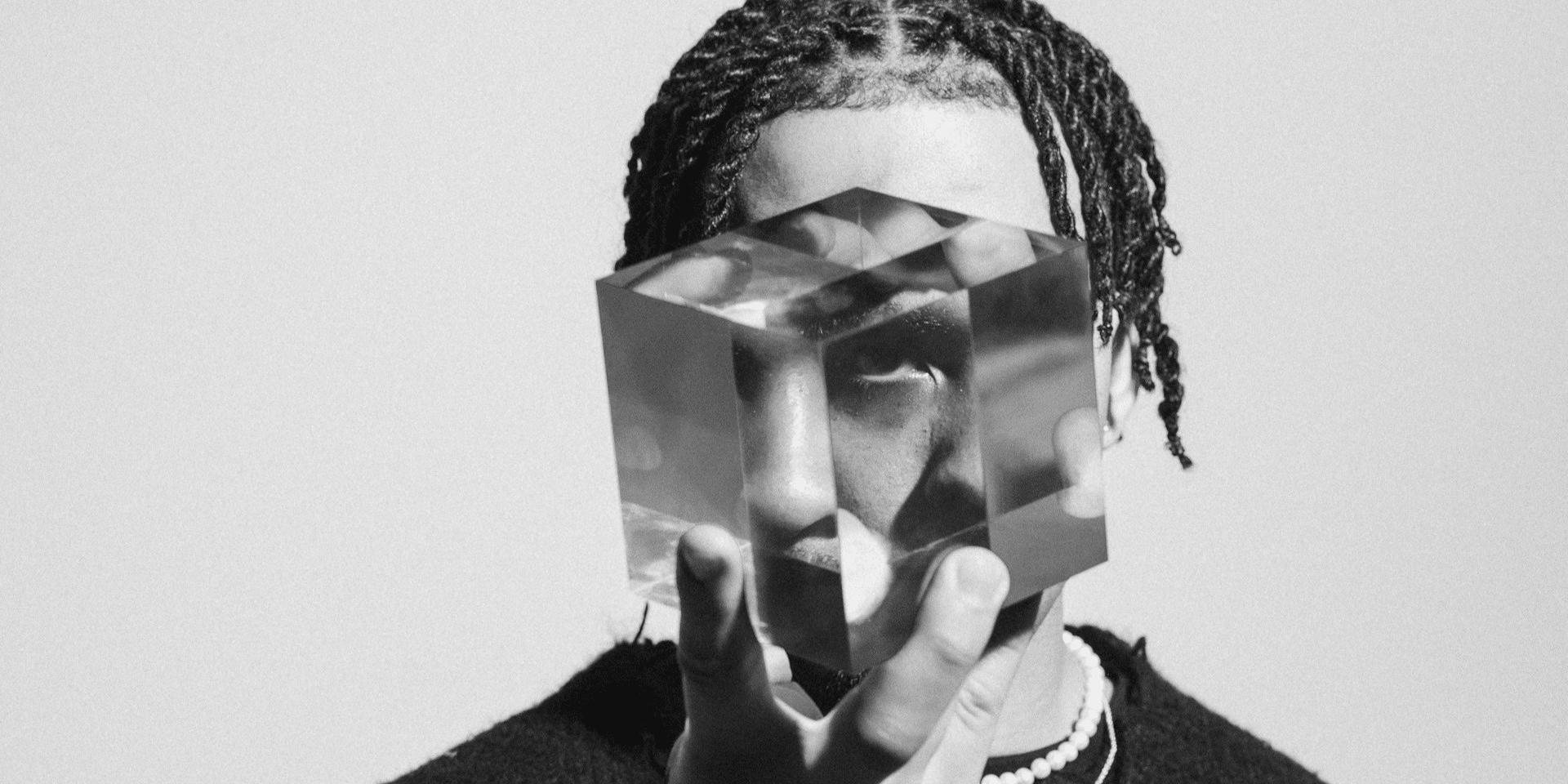Punk music, known for its rebellious spirit and raw energy, often conjures images of youthful defiance. However, as punk artists age, their lives and careers can take various paths. This article explores what happens to punk artists once they hit their 30s, shedding light on the challenges and transformations they experience.
The Transition from Youthful Rebellion
As punk artists reach their 30s, their musical style often evolves. While some maintain their original punk sound, others experiment with different genres and influences. This evolution can be a natural progression as artists mature and seek to express new ideas and experiences through their music. Bands like Green Day and The Offspring, for example, have incorporated elements of rock and alternative music into their later albums, reflecting a broader range of musical influences.
Despite changes in their music, many punk artists strive to maintain the authenticity that defined their early careers. Staying true to their roots and values can be a way to preserve their connection with long-time fans. However, balancing authenticity with evolution can be challenging, as some fans may resist changes in the band’s sound or image.
Personal Growth and Maturity
The intense, often chaotic lifestyle associated with punk music can take a toll over time. As punk artists enter their 30s, many seek more stability in their personal lives. This can involve reducing the frequency of tours, adopting healthier habits, and prioritizing family and relationships. The shift from a high-octane lifestyle to one of greater balance and stability is a common transition for aging punk artists.
Family life often becomes a significant focus for punk artists in their 30s. Many start families and take on new responsibilities, which can influence their priorities and lifestyle choices. This shift can also inspire new themes and perspectives in their music, reflecting their experiences as parents and partners.
Career Adaptation and Diversification
In their 30s, punk artists often explore new career opportunities beyond performing. Some may delve into producing, writing, or starting their own record labels. Others might venture into completely different fields, leveraging their creativity and experience in new ways. For example, former punk artists have found success in areas like fashion, visual arts, and even academia.
Collaborating with other artists and engaging in side projects is another common trend. These endeavors allow punk artists to experiment with different sounds and styles while keeping their creative juices flowing. Collaborations can also introduce their music to new audiences and reinvigorate their careers.
Navigating the Music Industry
The music industry is constantly evolving, and punk artists in their 30s must adapt to these changes. The rise of digital music platforms, social media, and streaming services has transformed how music is distributed and consumed. Staying relevant in this landscape requires adaptability and a willingness to embrace new technologies and marketing strategies.
Achieving financial stability is a significant concern for many punk artists as they age. The unpredictable nature of the music industry can make it challenging to sustain a steady income. Diversifying income streams through merchandise, licensing deals, and other ventures is often necessary to ensure long-term financial security.
Health and Wellness
The physical demands of performing and touring can take a toll on punk artists’ health. As they age, maintaining physical fitness and managing health issues becomes increasingly important. Some artists adopt healthier lifestyles, incorporating regular exercise and a balanced diet to sustain their energy levels and performance capabilities.
Mental health is another critical aspect of aging for punk artists. The pressures of fame, the demands of the music industry, and the transition to a more stable lifestyle can all impact mental well-being. Many artists seek therapy, support networks, and other resources to manage stress and maintain their mental health.
Legacy and Influence of Punk Artists
Punk artists in their 30s often reflect on their legacy and the impact they have had on the music scene. Inspiring new generations of musicians and fans can be a significant source of pride. Their contributions to the genre and their influence on younger artists help ensure that punk music continues to evolve and thrive.
Preserving punk culture and its values is important for many aging punk artists. They may engage in activities that promote and celebrate punk music, such as organizing festivals, participating in documentaries, or writing memoirs. These efforts help to keep the spirit of punk alive for future generations.
As punk artists hit their 30s, their lives and careers undergo significant transformations. From evolving musical styles and changing lifestyles to exploring new career ventures and focusing on health, these artists navigate a complex landscape. Understanding what happens to punk artists as they age provides valuable insights into the resilience and adaptability that define the punk spirit. By embracing change and staying true to their roots, punk artists continue to make meaningful contributions to the music world, inspiring fans and fellow musicians alike.
















